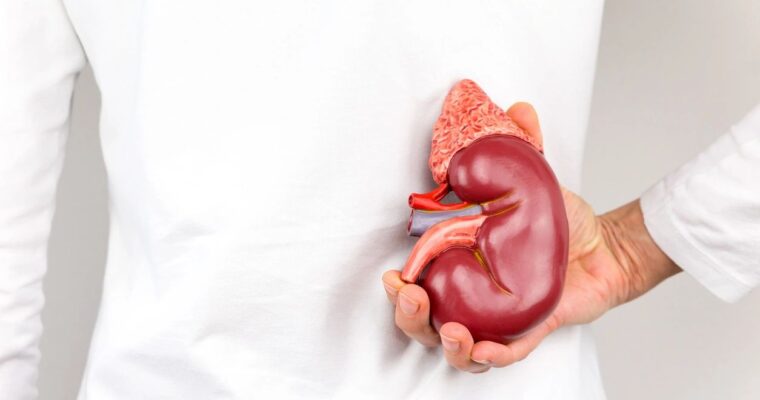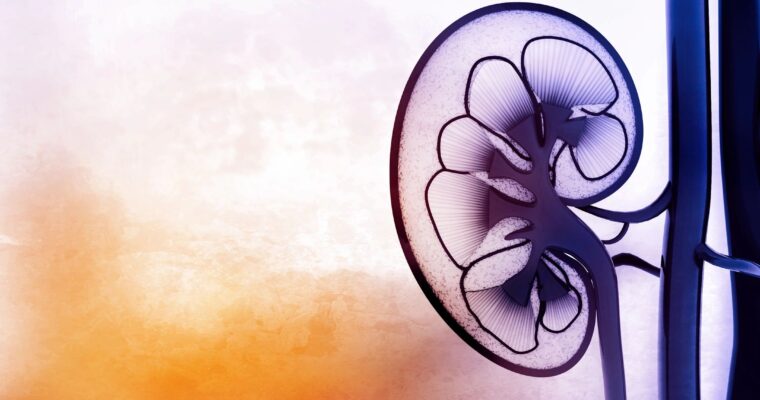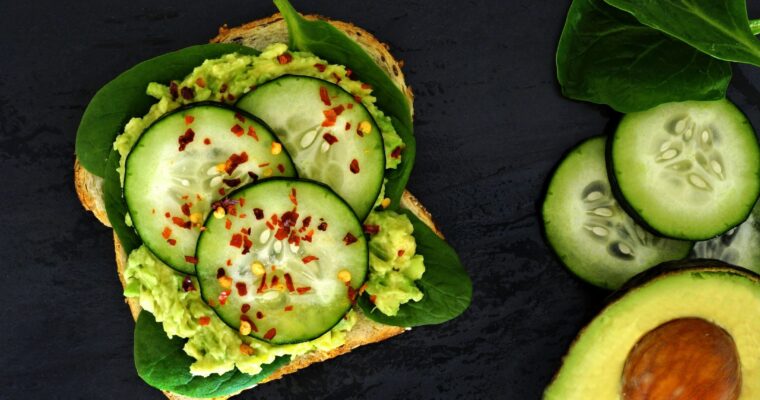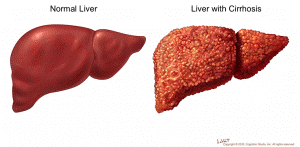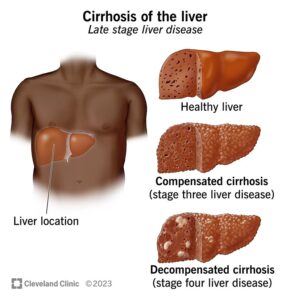PRIMARY FOOD, LIFESTYLE AND OUR HEALTH~JOY
by: Allie Might, FMC, INHC, ATT
“The best way to choose what to keep and what to throw away is to take each item in one’s hand and ask: ‘Does this spark joy?’ If it does, keep it. If not, dispose of it. This is not only the simplest but also the most accurate yardstick by which to judge.” —Marie Kondo
“If you carry joy in your heart, you can heal any moment.” —Carlos Santana
Joy…it is such an interesting topic when exploring one’s health and wellness. I love the two quotes above as it shows how everyone has a different view on joy. Joy and happiness, while similar, have different definitions. Happiness is something that gives you a short term, outward reaction. Joy is a more internal and long-term emotion. For example, having a delicious meal makes you happy, but meeting friends for dinner and having enjoyable conversation and laughs gives you joy.
So why is JOY so important for health and wellness? It has to do with serotonin, or the happiness hormone. Serotonin helps regulate such areas like sleep, digestion, sexual health and, of course, mood. The more balanced your serotonin, the more balanced the areas of your life become…in turn elevating joy and happiness.
According to articles from both Psychology Today and Harvard Medical School, joy and happiness have a direct effect on our health and well-being. Joy and happiness can lead to creating better eating habits, enthusiasm for exercise and even experiencing less pain. This is in addition to better mental health and lowering the risk of chronic illness and disease.
While having a joyful lifestyle can sound easy, it can sometimes be stressful when one is trying to figure out joy as it pertains to themselves. Just like so many things, we are all different, so we’re going find joy in different ways. It can be simple like smiling or saying “hello” to someone, having realistic goals and perspective, or even cozying up with a cup of tea and a book or a favorite TV show or movie. Some of my favorite ways to bring joy to my life is to look though old pictures and relive the memories, connecting with a friend for conversation or going for a walk to breathe in some fresh air. How will you incorporate joy into your week?
RHODIOLA is an herb commonly used to help support those who suffer from stress and anxiety. Rhodiola can even be beneficial for those struggling from cognitive fatigue. Using rhodiola to help manage any of these issues can help any of us to enjoy life on a weekly basis.
ALCAR/ALA or Acetyl L-Carnitine with Alpha Lipoic Acid are nutrients that many people are familiar with regarding brain health and memory. ALCAR has been shown to be helpful in increasing serotonin levels. This is important for those dealing with anxiety or depression. As ALCAR helps to increase the serotonin levels, one’s anxiety can start to balance out, therefore allowing us to become happier and more joyful.
When you have the ability to have joy throughout, you’re life, you can set yourself up for a happy and healthy life. How will you incorporate more joy into your week?
pmc.ncbi.nlm.nih.gov/articles/PMC9228580/
www.webmd.com/diet/health-benefits-rhodiola
pubmed.ncbi.nlm.nih.gov/22549035/
pubmed.ncbi.nlm.nih.gov/32408706/
my.clevelandclinic.org/health/articles/22572-serotonin
www.health.harvard.edu/healthbeat/the-happiness-health-connection#:~:text=Scientific%20evidence%20suggests%20that%20positive HYPERLINK
www.psychologytoday.com/us/blog/the-happiness-health-connection/202104/the-happiness-health-connection?msockid=102ffcee009769fa30f8f11d011f685e
www.mayoclinichealthsystem.org/hometown-health/speaking-of-health/tips-for-embracing-joy-in-daily-life

